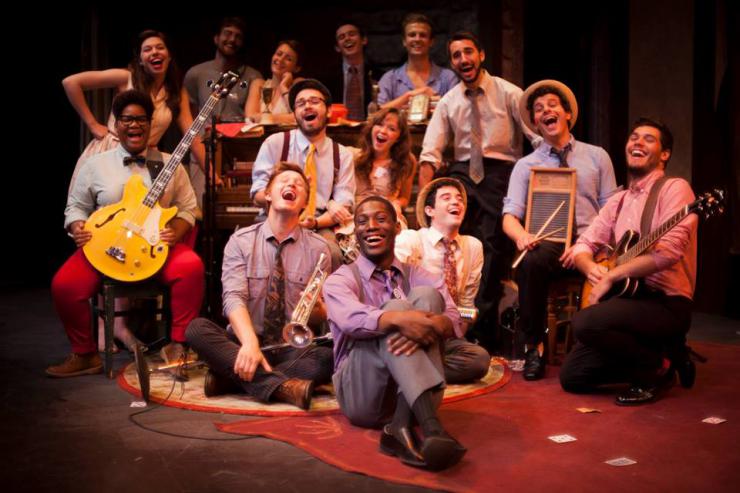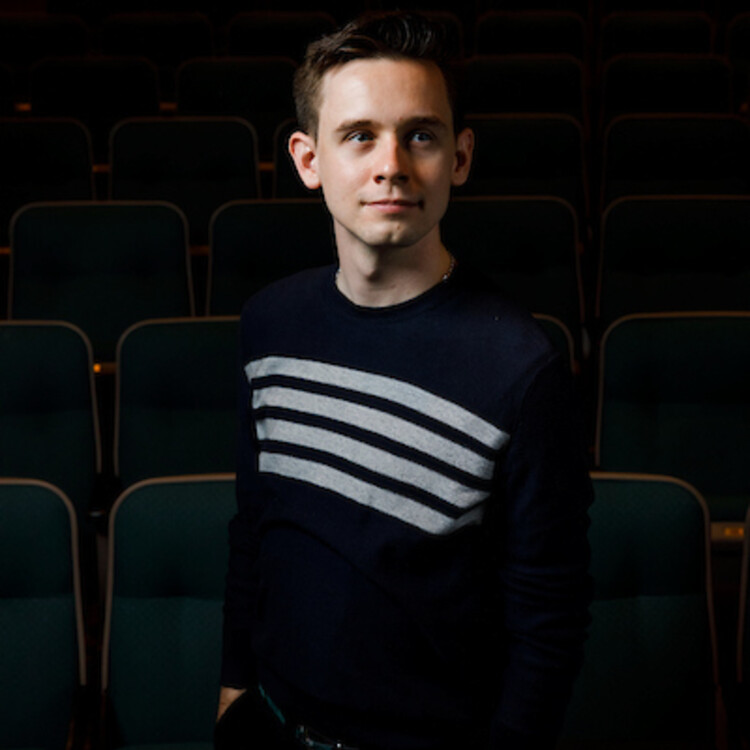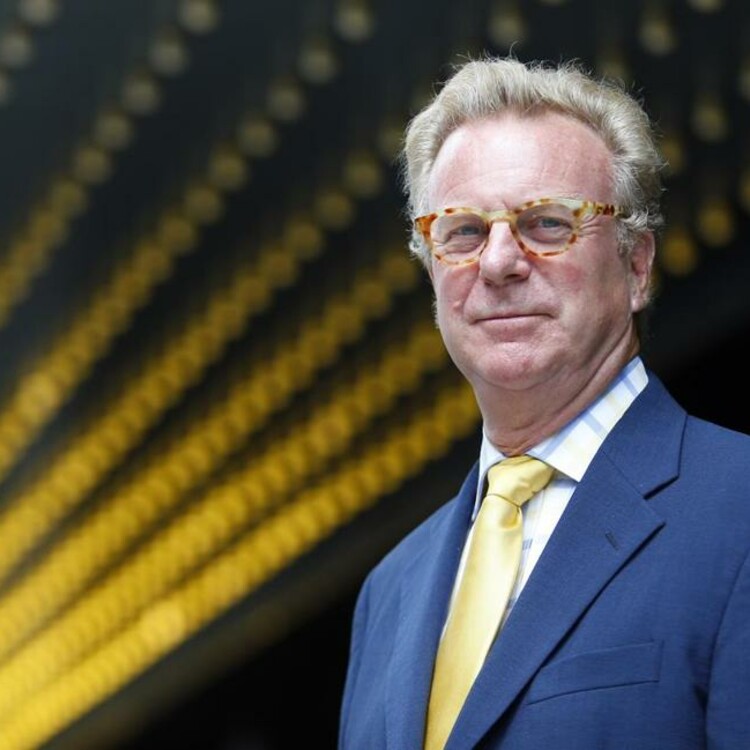Creating The Shakespearean Jazz Show at Emerson
When I arrived at Emerson College as a theatre student, I expected to find an existing project that I could be passionate about. Instead the inverse happened. The school became a magnetic force that pulled together the necessary resources of time, people, space, drive, and information to enable me to create a project from my own inherent passion. For me, this is the magic of Emerson College: that within the walls of this small metropolitan school, inspired people can find the resources in themselves to create the projects they’ve always wanted to do.
I was born and raised in New Orleans, Louisiana. In high school, I began spending afternoons walking around the French Quarter and listening to street musicians. They captivated me because I viewed them as classical performers. Like Shakespearean actors, they were performing early-form art, but instead of Elizabethan plays, they were doing turn-of-the-century jazz. At the time, I was working as an actor with a Shakespeare company. I was consistently frustrated with how passionless and restrained I felt on stage. I longed to be as free as the street musicians when I performed Shakespeare’s words. There was no reason not to be. Surely Shakespeare’s words, plots, and themes are just as beautiful, exciting, and energizing as any jazz piece. The jazz musicians had a remarkable way of drawing in unsuspecting audiences and inspiring them. The model for Shakespearean performance did not allow for that because it required a base knowledge, an appetite for (and understanding of) Elizabethan language.
So the idea sprouted: what if one could take the perceived pretension out of Shakespearean performance and shape it in the model of populist, accessible, lively, American-born art (i.e. traditional New Orleans jazz).
So the idea sprouted: what if one could take the perceived pretension out of Shakespearean performance and shape it in the model of populist, accessible, lively, American-born art (i.e. traditional New Orleans jazz). We could do this without stripping either form of its meaning or making it a novelty. Neither discipline would lose its distinctiveness: Shakespeare wouldn’t lose his language and jazz wouldn’t lose its necessary improvisation. It seemed to me that through combining the “strictness” of Shakespeare and the “looseness” of jazz, we would have something uniquely theatrical. It would force those who know Shakespeare well to look at the text through a different lens, and it would provide those who were uncomfortable with Shakespearean text a new vehicle to find a way in.
I was lucky in that Emerson’s environment provided me with a tribe of student composers, actors, dancers, singers, puppeteers, designers, stage managers, and musicians (some of whom attend Berklee College of Music). I knew these people through acting classes and student organizations like The Emerson Shakespeare Society. We trusted and respected each other not only as artists, but as friends. Together, we collaborated on creating the piece.

As an ensemble of friends and artists we chose the material from Shakespeare’s canon and melded it with jazz, composed originally by my creative partner, Patrick Greeley (Emerson, 2014). We decided to call ourselves “The Nine Worthies” after the play within Shakespeare’s Love’s Labor’s Lost. We strung the pieces together and created a loose dramatic structure, giving the audience room to assign their own distinct meaning to the action. We set the piece in a New Orleans jazz hall, incorporating shadow puppetry and dance breaks to help engage the audience. In 70 minutes, we presented a medley of sonnets, songs and scenes in a way that extended a hand out towards the audience, inviting them into our world of Shakespearean jazz. A world where a Shakespearean soliloquy could spark as much excitement and ecstasy as an improvised jazz solo.
Our passions united to create something bigger than just the sum of its parts—a show that we were all immensely proud to be a part of. A show that illuminated what we each were best at. We created the show of our dreams: The Shakespearean Jazz Show
Since our original production last year in the basement of an Emerson dormitory, we have been presented by ArtsEmerson and the New Orleans Shakespeare Festival. In July we raised money to travel and live in New Orleans for a week to produce the show on Tulane University’s campus. Next summer, we’ll be returning to perform on the main-stage of the New Orleans Shakespeare Festival.
The Shakespearean Jazz Show was—and is—an extracurricular college project. It’s a subconscious cocktail of the education we are all in the midst of imbibing. It aggregates our learning from acting, literature, music, movement, design, and general liberal arts classes into a unified expression. As students we were given the encouragement to take the banquet of information we were receiving, digest it, and reform it into something original. Emerson provided us with the intellectual material and then gave us the room to create new material that we could own. I came to Emerson College to “make it” in the performing arts industry. Now I realize that in order to “make it” you really have to make it, build it. Emerson taught me that.



Comments
The article is just the start of the conversation—we want to know what you think about this subject, too! HowlRound is a space for knowledge-sharing, and we welcome spirited, thoughtful, and on-topic dialogue. Find our full comments policy here
I saw an awesome production at The La Jolla Playhouse a number of years ago of Midsummer's NIght Dream. It was set in a cemetery in New Orleans during the 30s. The rude mechanicals were adapted to be a street band, so they all played jazz instruments throughout. It was a great interpretation that accomplished some of what you have done.